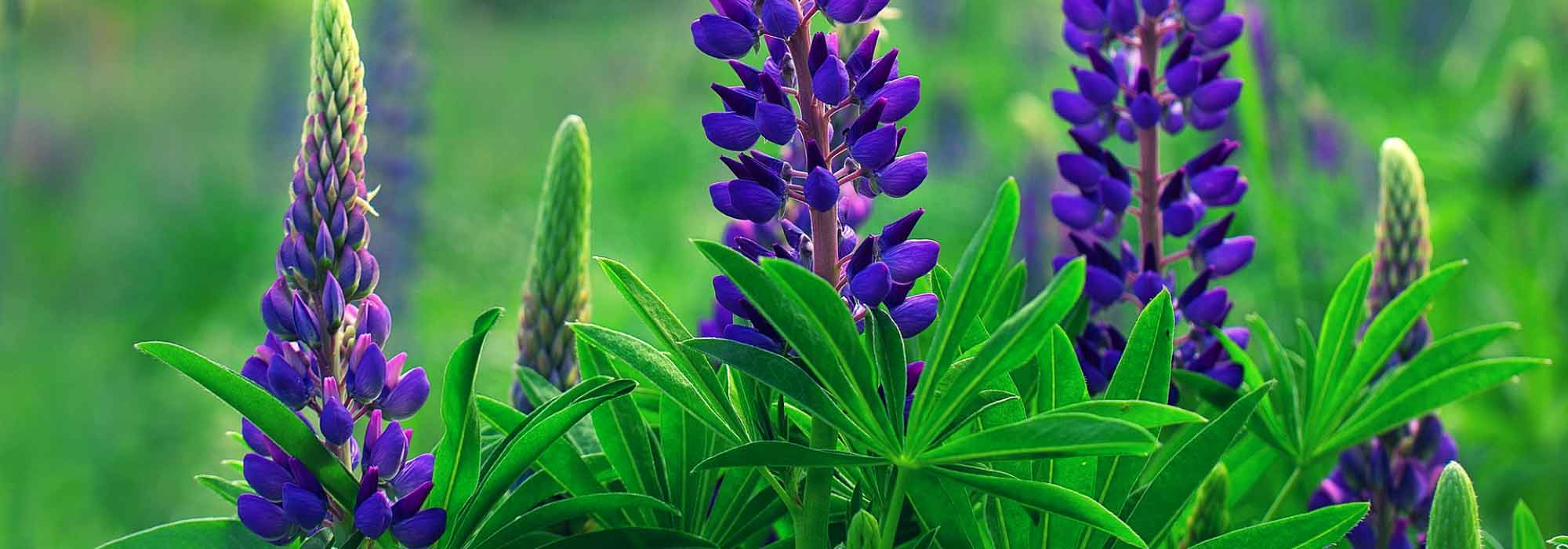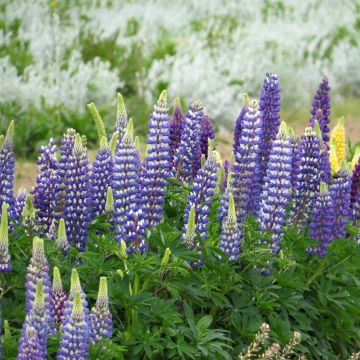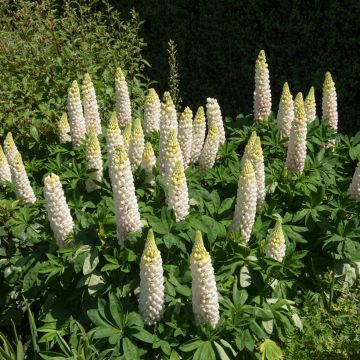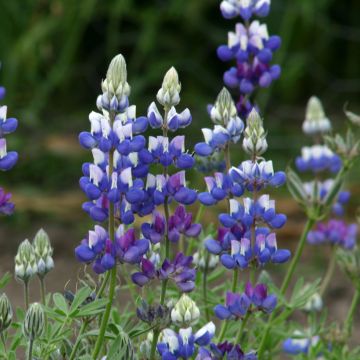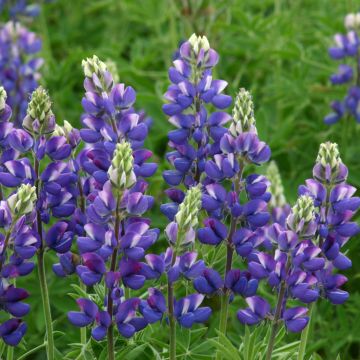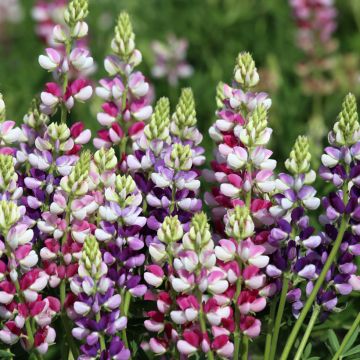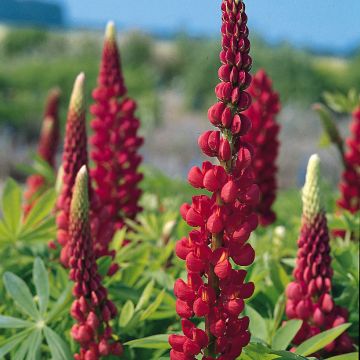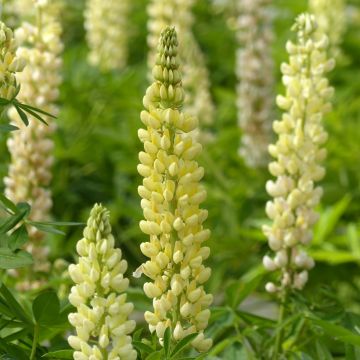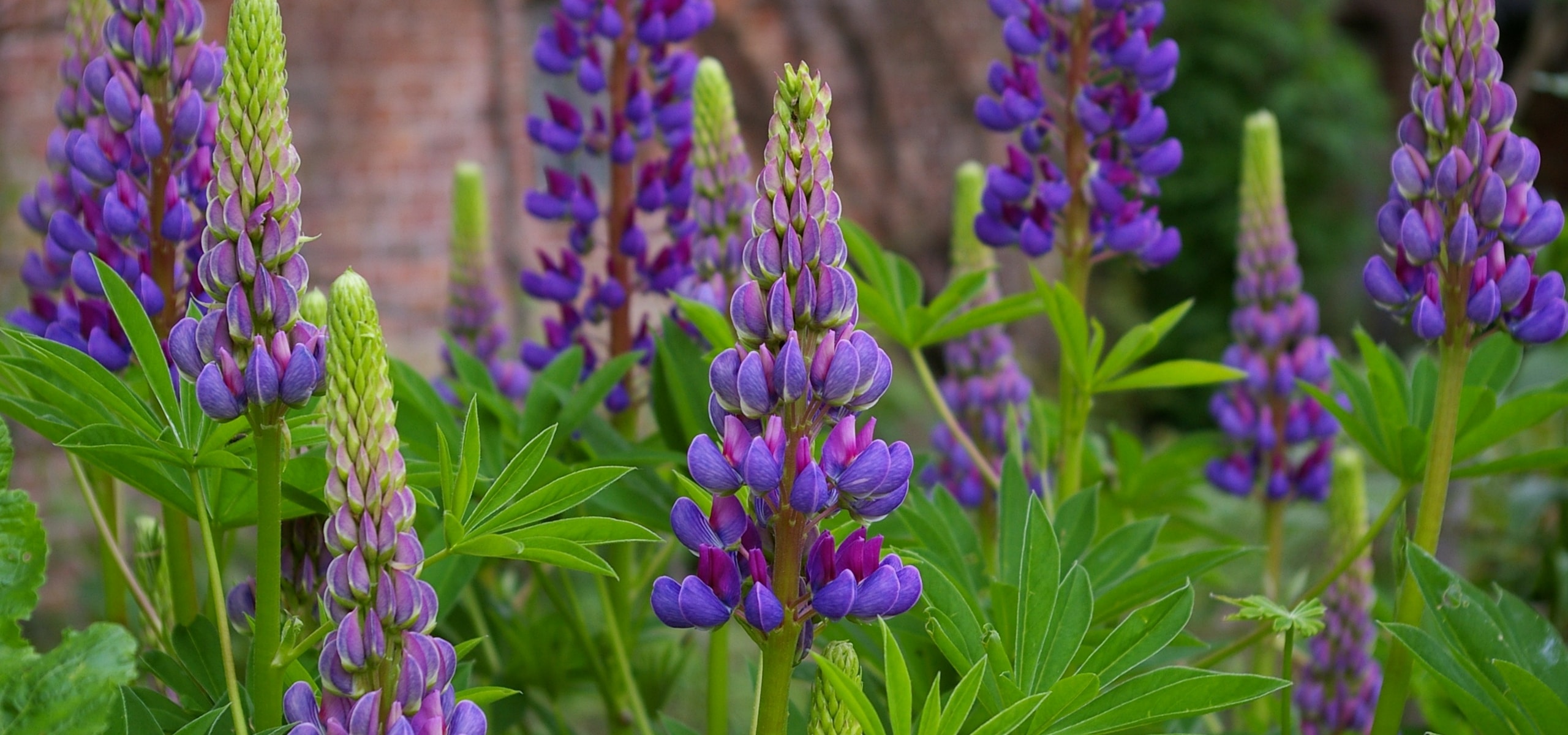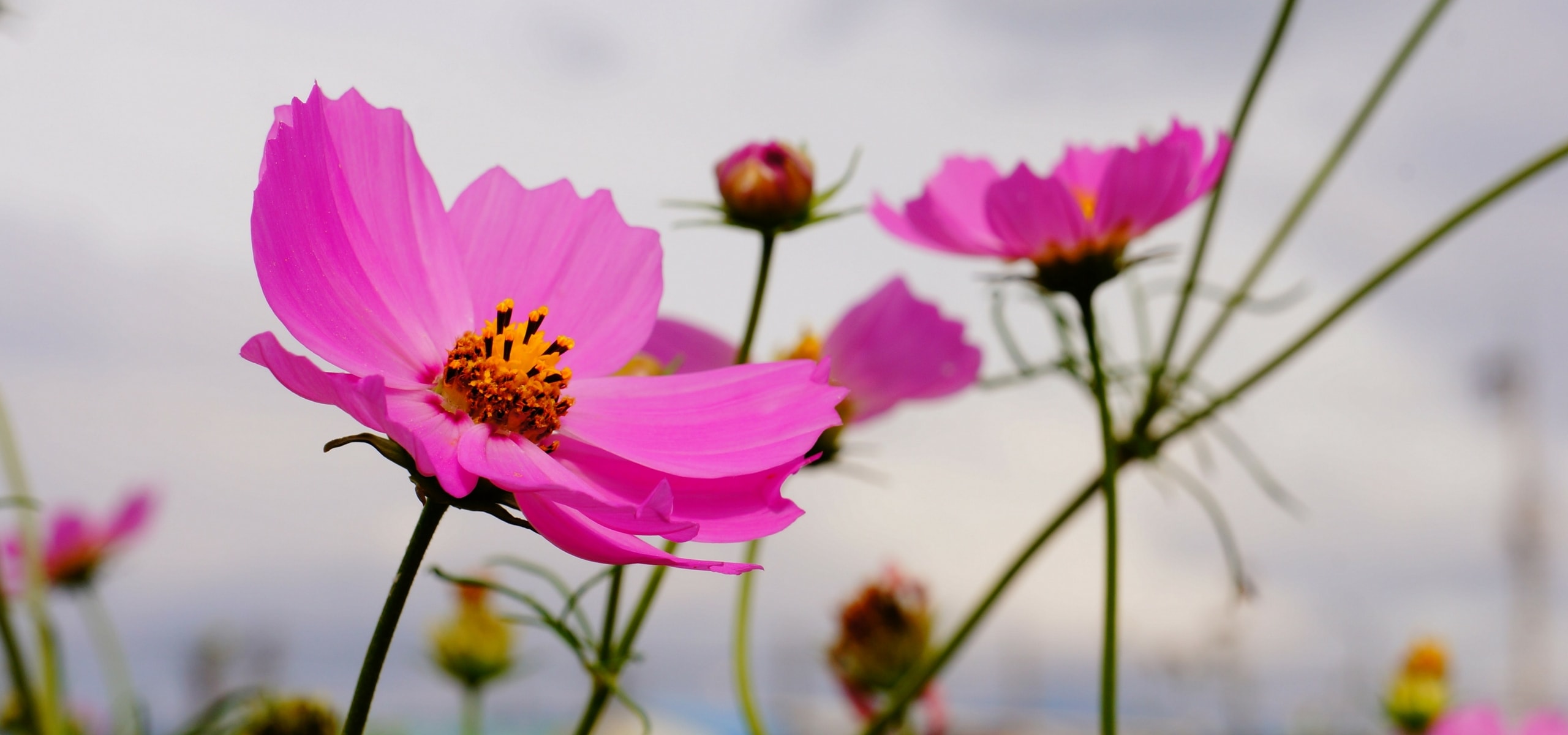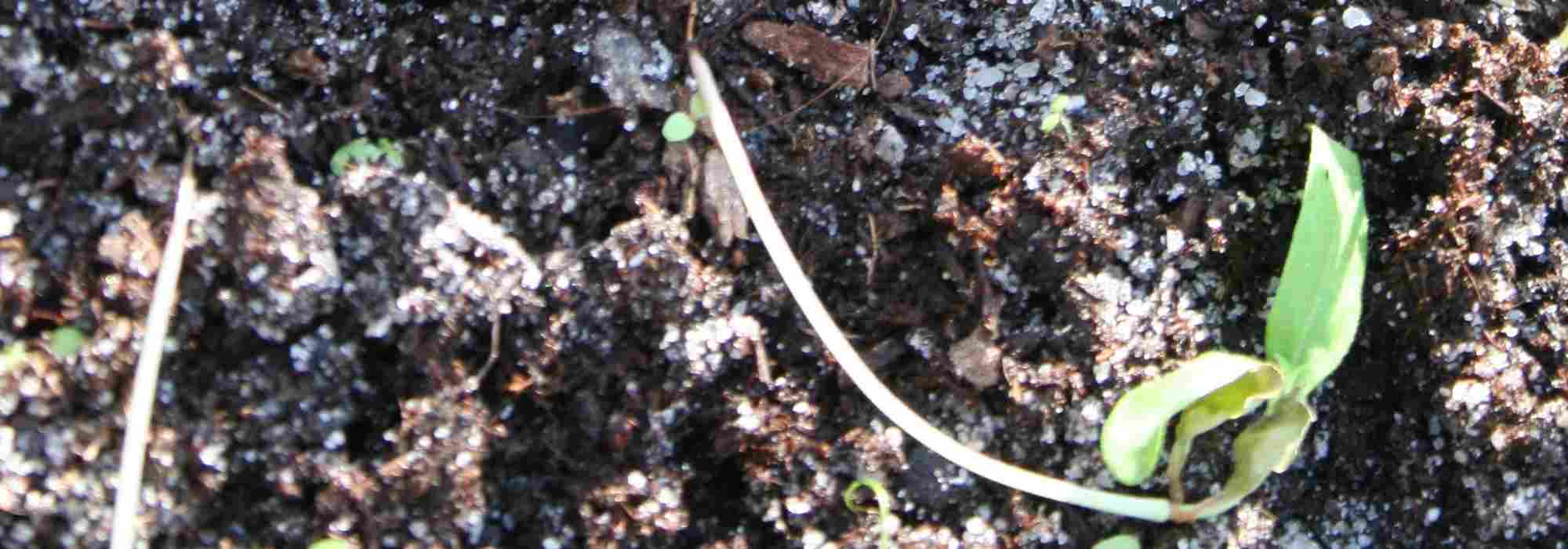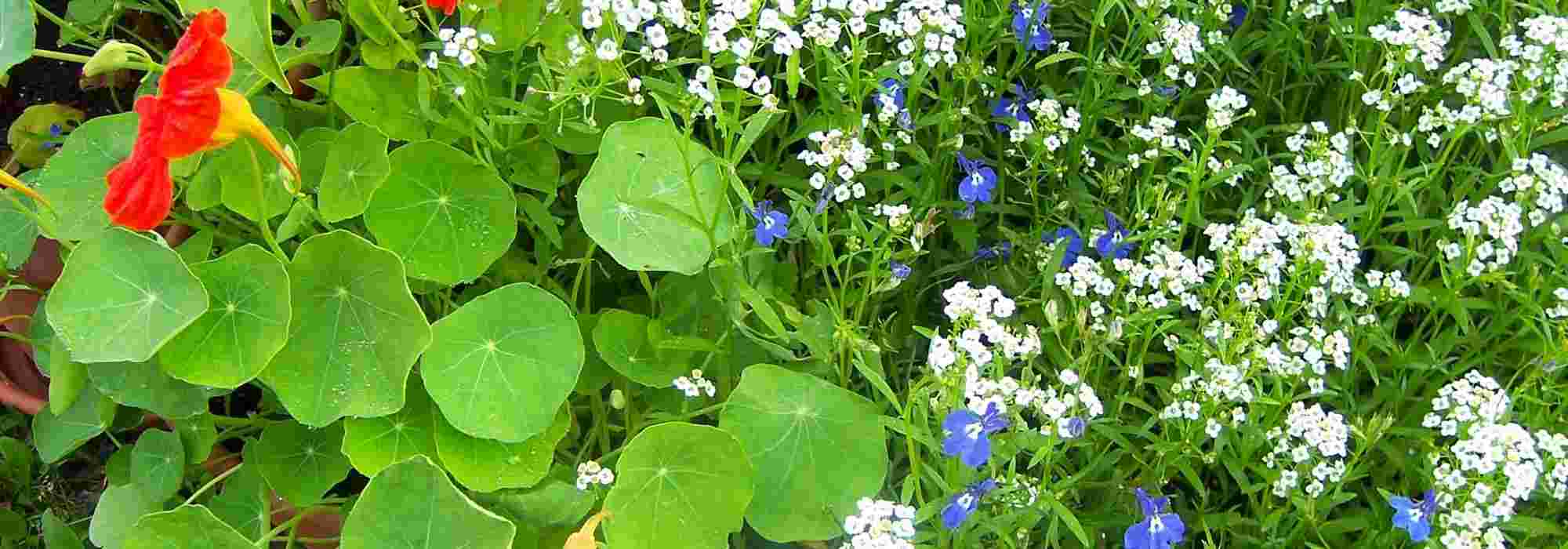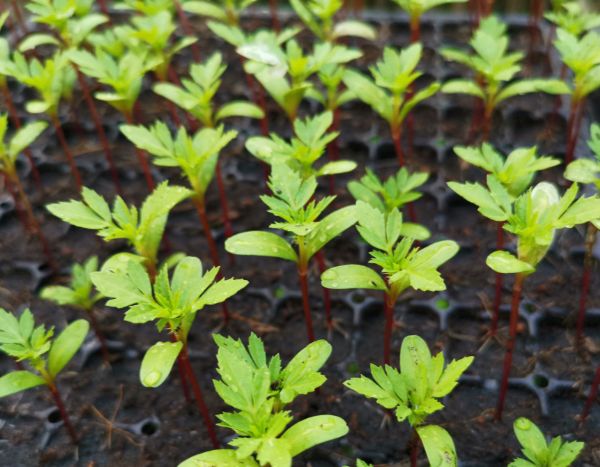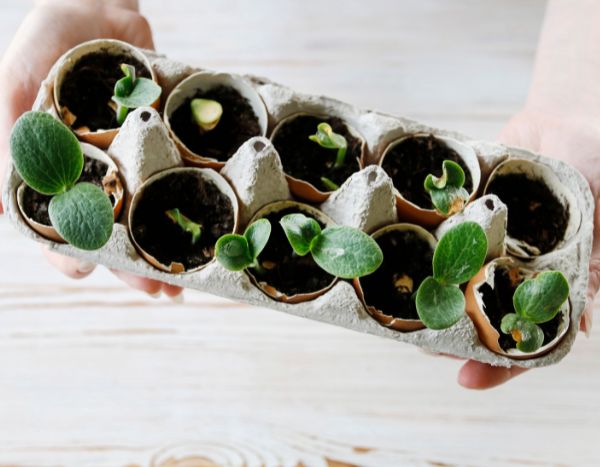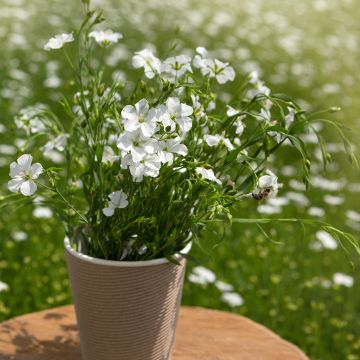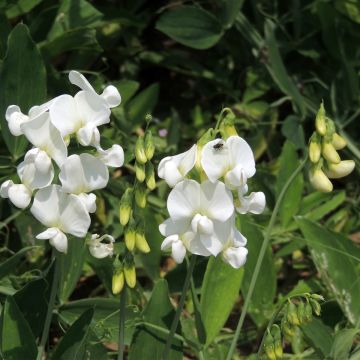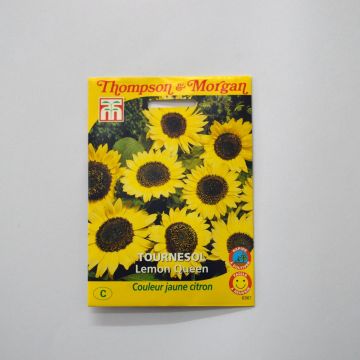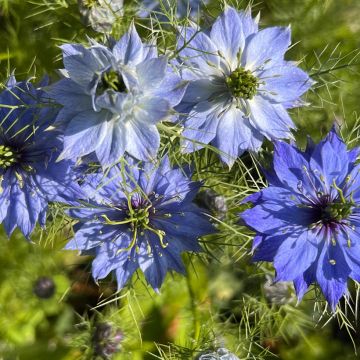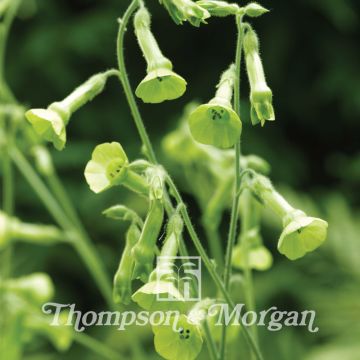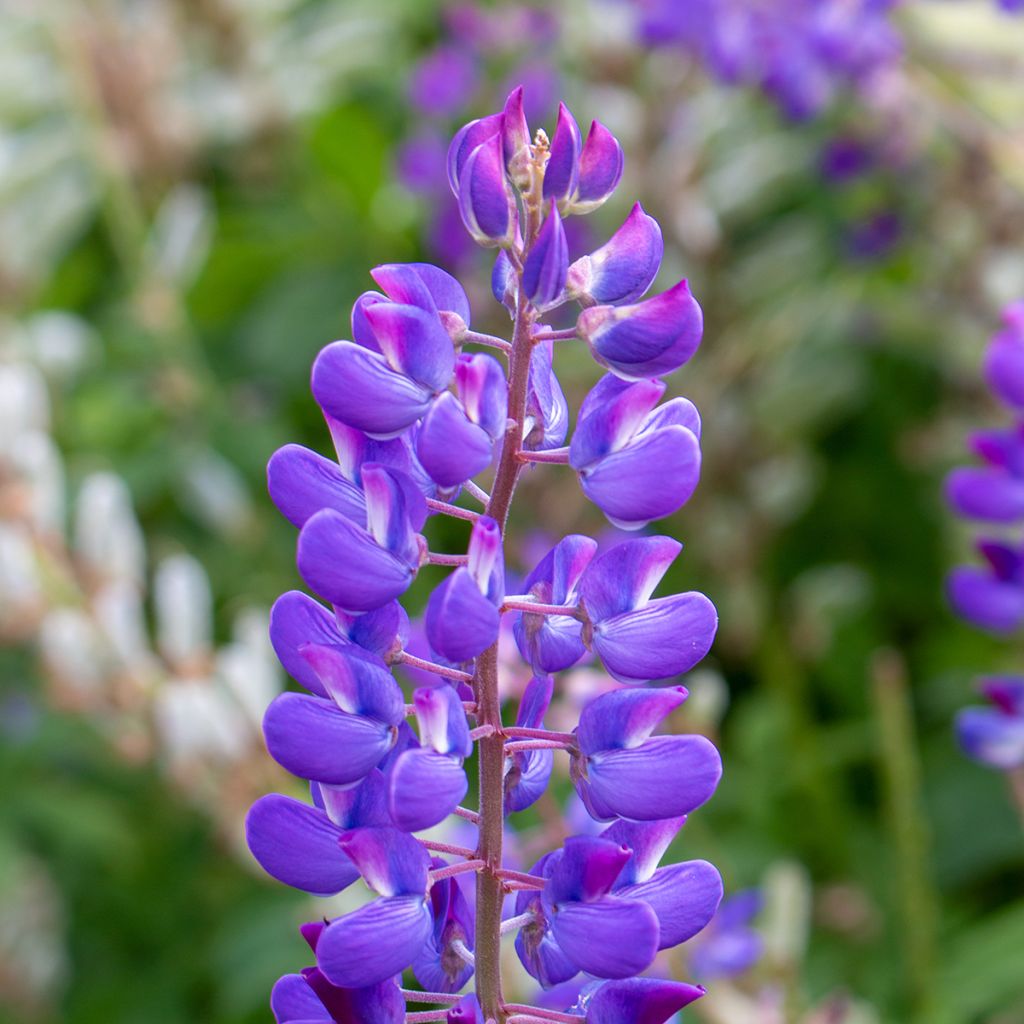

Lupinus perennis - seeds
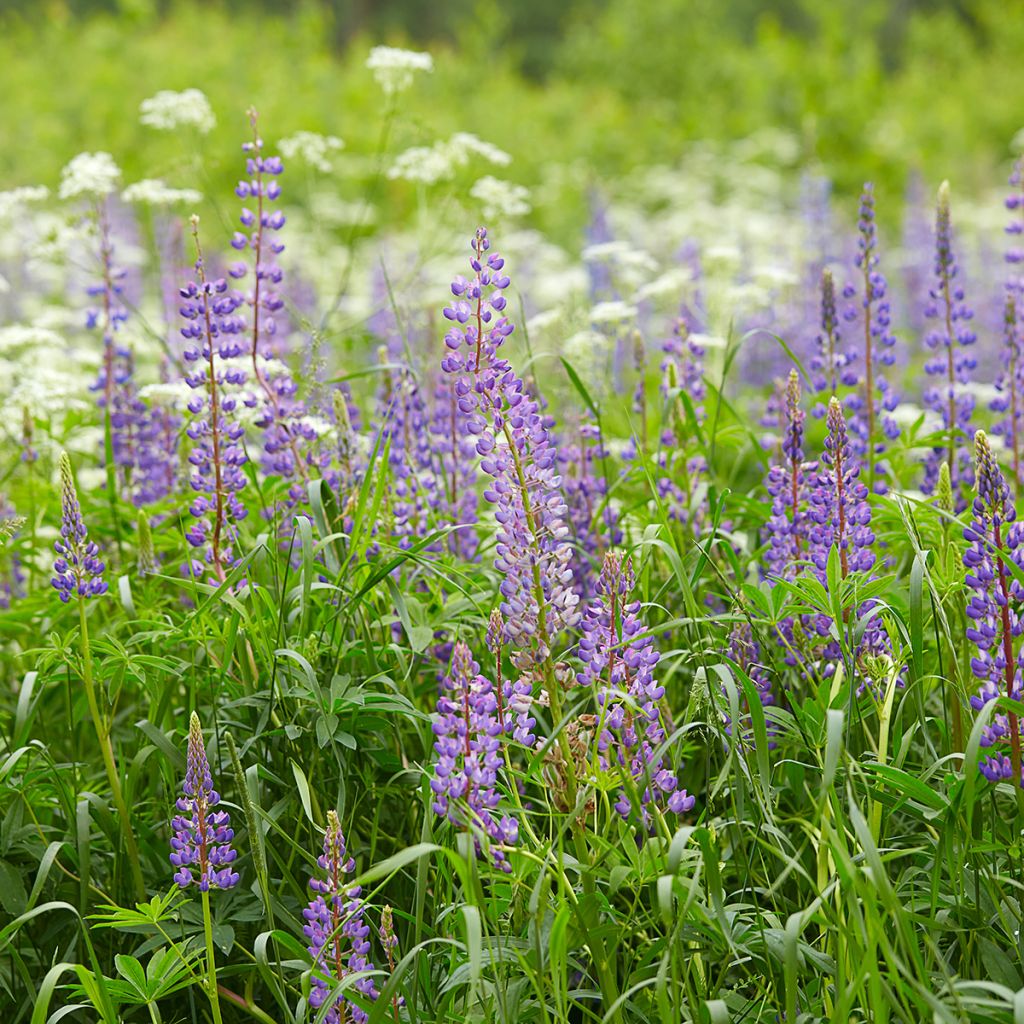

Lupinus perennis - seeds
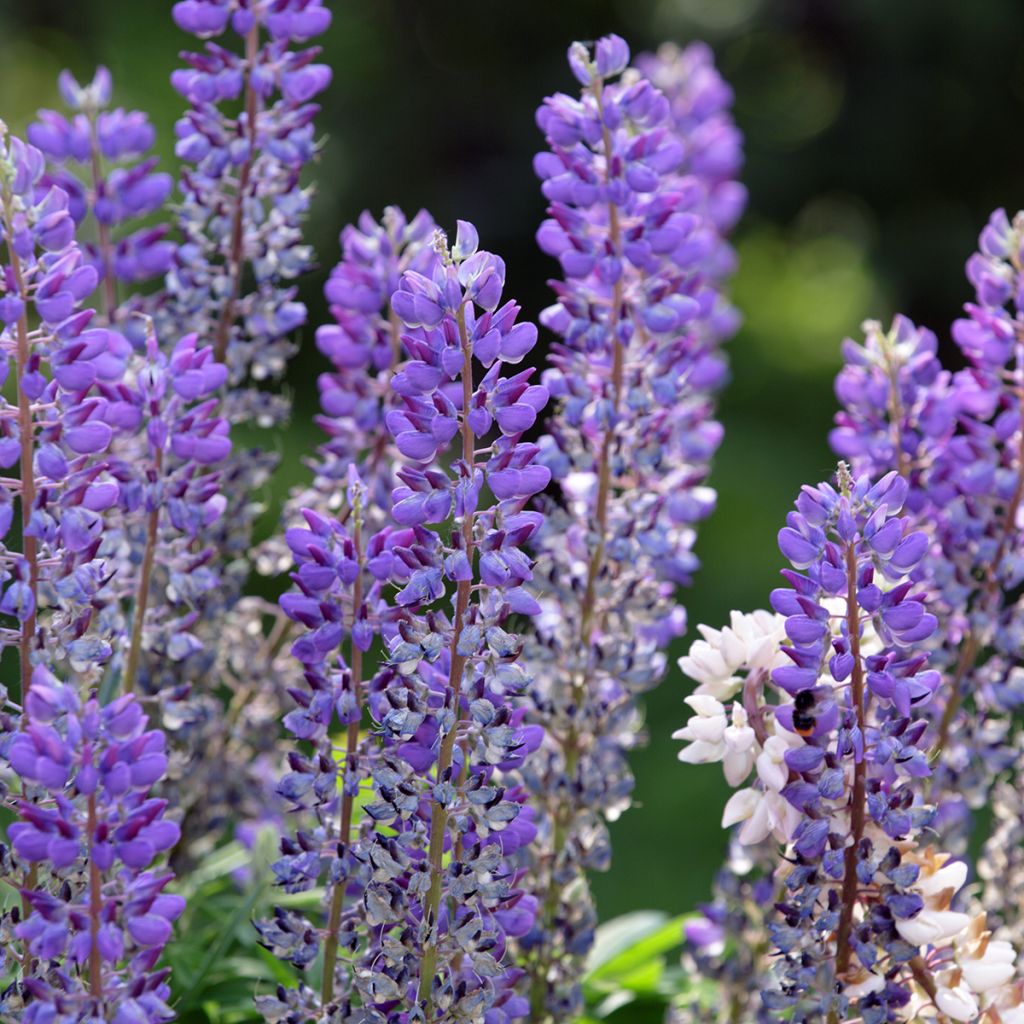

Lupinus perennis - seeds
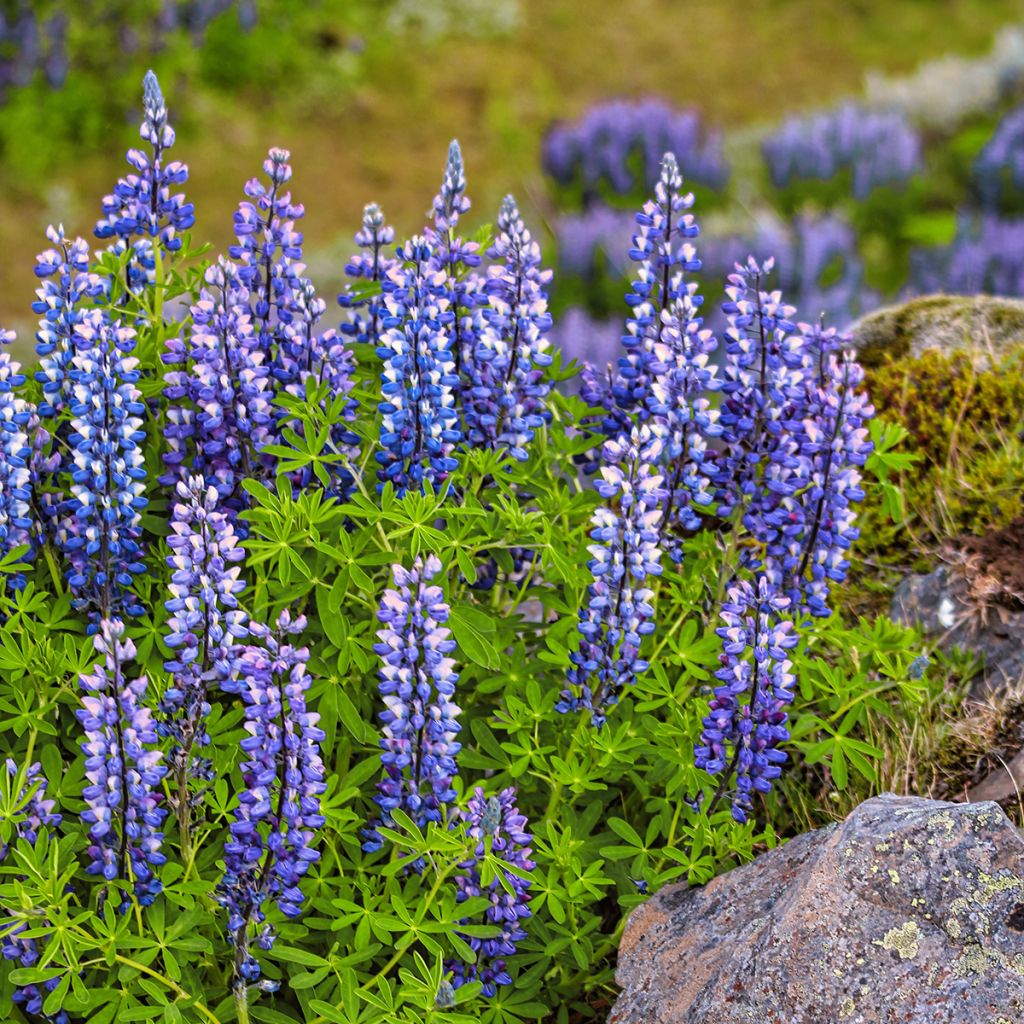

Lupinus perennis - seeds
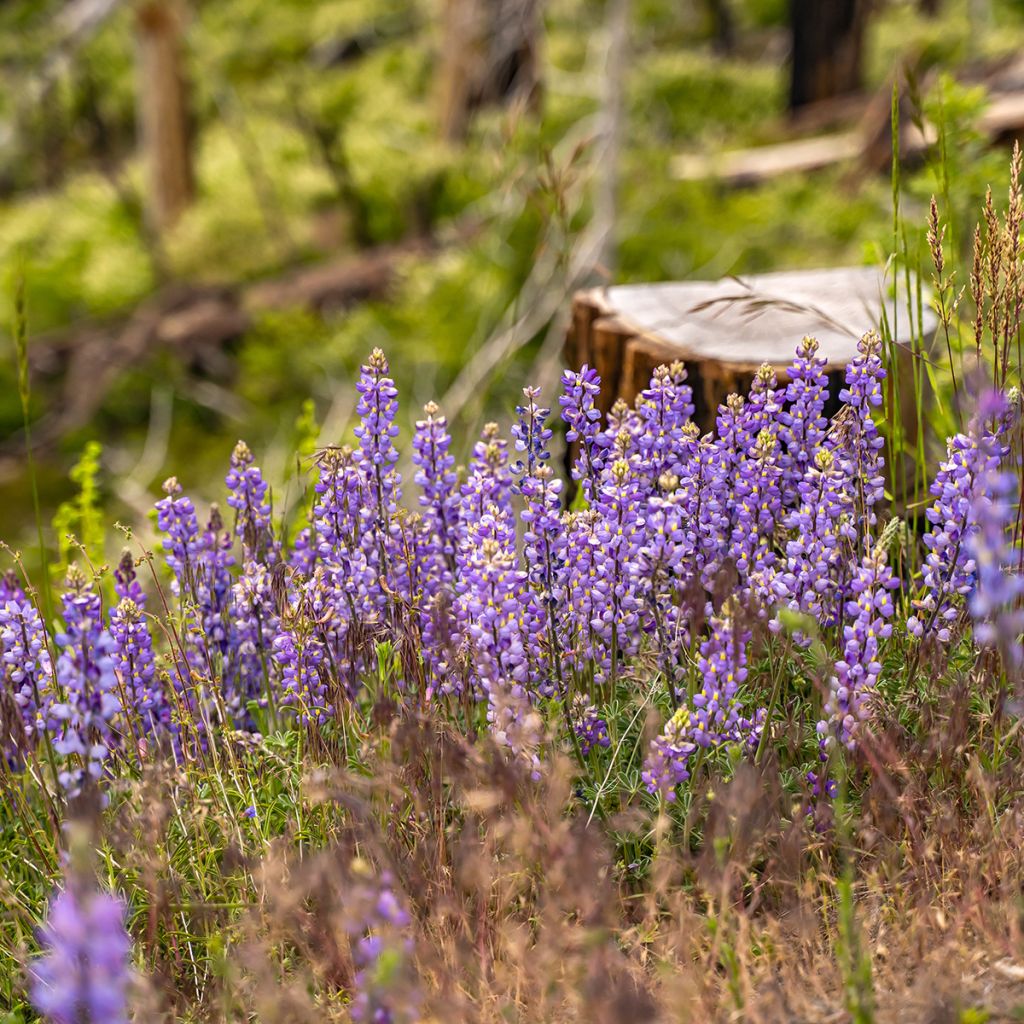

Lupinus perennis - seeds
Lupinus perennis - seeds
Lupinus perennis
Sundial Lupine, Wild Lupine, old maid's bonnets
Special offer!
Receive a €20 voucher for any order over €90 (excluding delivery costs, credit notes, and plastic-free options)!
1- Add your favorite plants to your cart.
2- Once you have reached €90, confirm your order (you can even choose the delivery date!).
3- As soon as your order is shipped, you will receive an email containing your voucher code, valid for 3 months (90 days).
Your voucher is unique and can only be used once, for any order with a minimum value of €20, excluding delivery costs.
Can be combined with other current offers, non-divisible and non-refundable.
Home or relay delivery (depending on size and destination)
Schedule delivery date,
and select date in basket
This plant carries a 6 months recovery warranty
More information
We guarantee the quality of our plants for a full growing cycle, and will replace at our expense any plant that fails to recover under normal climatic and planting conditions.
Does this plant fit my garden?
Set up your Plantfit profile →
Description
The perennial Lupin or Lupinus perennis is a wild species that blooms earlier than Garden Lupin (L. x Russellii). From May onwards, it unfolds long spikes of blue-purple, decorative flowers, loved by bees and butterflies. They are recognisable by the tuft of highly divided, beautiful bright green leaves, above which the flowers rise majestically. This species should be sown despite its average germination rate, as it establishes quickly and lasts for years, self-seeding naturally once settled. It thrives in poor sandy soils, in the sun.
The perennial Lupin, or wild Lupin, is a member of the large family of Fabaceae (Legumes), which includes nearly 20,000 species of all types, trees, shrubs, climbers and herbaceous plants. Many species are ornamental such as "Mimosas" (Acacia in the botanical sense) or Brooms (Genista), while many others are an important part of our diet (lentils, peas, beans...) or have agricultural uses (alfalfa, clovers...). Many are capable of capturing atmospheric nitrogen through symbiotic relationships developed with bacteria present in nodules on their roots. This characteristic, used in agriculture through the sowing of "green manure", also explains the ability of these plants to establish themselves in very poor soils which may be inhospitable to other plants.
This is true of Lupinus perennis, whose natural habitat is generally dunes or savannas, sandy soils poor in nutrients. This botanical species grows throughout the eastern part of the United States, from Florida to Maine, extending up to Canada (Ontario and Labrador). This lupin is extremely cold-resistant and prefers acidic, well-drained, and even dry soils. In our climates, it will also develop in neutral soils, but not in limestone or clay soils, as it does not tolerate excess water.
It forms a clump of about 50 cm in all directions, with easily recognizable highly divided leaves, similar in appearance to the widespread Russell Lupin, well known in our gardens. From May and for several weeks, until June, sometimes July, tall, eye-catching spikes rise above the vegetation, reaching a height of 1 m. They are made up of dozens of blue-purple, 'pea' flowers, typical of the Fabaceae family. The flowers bloom from the bottom, with the top of the spike being tapered and greenish until the terminal flowers open in turn, taking on their mauve colour. The flowers are nectar-rich and attract bees, butterflies, and other pollinating insects. After fading, they develop into hairy, brown-yellow pods containing 5 to 6 seeds. These pods ripen in mid-summer and open, projecting the seeds at a distance, allowing the species to spread through natural sowing. Once this is completed, the clump will gradually dry out by autumn, especially if the summer is hot, and go into dormancy.
Perennial Lupins are perfect for poor and light soils, without limestone, and readily self-seed in suitable gardens. Combine them with plants that have summer appeal, as they lose their ornamental interest after flowering. Gaura is ideal to take over from Lupins, as it blooms continuously from June to October. Many varieties with white or pink flowers are available, and they have a natural charm that complements the Lupin perfectly. In the same slightly wild spirit, Oenothera fruticosa Sonnenwende is an Evening Primrose with golden yellow flowers that spread from June to September, on dark green foliage that turns purple in autumn. And to enjoy even more cheerful colours, Papaver nudicaule Champagne Bubbles Mix is an assortment of multicoloured Iceland Poppies, which from June to September produce large flowers with a slightly wrinkled appearance, in shades of white, yellow, orange, or salmon...
Lupinus perennis - seeds in pictures


Flowering
Foliage
Plant habit
Safety measures
Botanical data
Lupinus
perennis
Fabaceae
Sundial Lupine, Wild Lupine, old maid's bonnets
North America
ingestion
Cette plante est toxique si elle est ingérée volontairement ou involontairement.
Ne la plantez pas là où de jeunes enfants peuvent évoluer, et lavez-vous les mains après l'avoir manipulée.
Pensez à conserver l'étiquette de la plante, à la photographier ou à noter son nom, afin de faciliter le travail des professionnels de santé.
Davantage d'informations sur https://plantes-risque.info
Other Lupin seeds
View all →Planting and care
Sow directly in place from May to July, or under cover from March-April. To aid germination, you can soak the seeds in warm water for 24 hours to soften them or lightly rub them with fine sandpaper to create entry points for water from the soil and allow germination. In its natural environment, it is often fire that triggers germination.
Sow the seeds at a depth of 6 mm, in well-worked and well-loosened soil, with a spacing of 50 cm. The ideal temperature for germination is 16 to 20°C. Germination usually takes 18 to 25 days. The success rate is often close to 40%, knowing that one gram contains 40 seeds... It is not necessary to thin out the sowing. This species of Lupin prefers poor and sandy soils, with a tendency towards neutral or acidic, and full sun.
Sowing period
Intended location
Planting & care advice
This item has not been reviewed yet - be the first to leave a review about it.
Similar products
Haven't found what you were looking for?
Hardiness is the lowest winter temperature a plant can endure without suffering serious damage or even dying. However, hardiness is affected by location (a sheltered area, such as a patio), protection (winter cover) and soil type (hardiness is improved by well-drained soil).

Photo Sharing Terms & Conditions
In order to encourage gardeners to interact and share their experiences, Promesse de fleurs offers various media enabling content to be uploaded onto its Site - in particular via the ‘Photo sharing’ module.
The User agrees to refrain from:
- Posting any content that is illegal, prejudicial, insulting, racist, inciteful to hatred, revisionist, contrary to public decency, that infringes on privacy or on the privacy rights of third parties, in particular the publicity rights of persons and goods, intellectual property rights, or the right to privacy.
- Submitting content on behalf of a third party;
- Impersonate the identity of a third party and/or publish any personal information about a third party;
In general, the User undertakes to refrain from any unethical behaviour.
All Content (in particular text, comments, files, images, photos, videos, creative works, etc.), which may be subject to property or intellectual property rights, image or other private rights, shall remain the property of the User, subject to the limited rights granted by the terms of the licence granted by Promesse de fleurs as stated below. Users are at liberty to publish or not to publish such Content on the Site, notably via the ‘Photo Sharing’ facility, and accept that this Content shall be made public and freely accessible, notably on the Internet.
Users further acknowledge, undertake to have ,and guarantee that they hold all necessary rights and permissions to publish such material on the Site, in particular with regard to the legislation in force pertaining to any privacy, property, intellectual property, image, or contractual rights, or rights of any other nature. By publishing such Content on the Site, Users acknowledge accepting full liability as publishers of the Content within the meaning of the law, and grant Promesse de fleurs, free of charge, an inclusive, worldwide licence for the said Content for the entire duration of its publication, including all reproduction, representation, up/downloading, displaying, performing, transmission, and storage rights.
Users also grant permission for their name to be linked to the Content and accept that this link may not always be made available.
By engaging in posting material, Users consent to their Content becoming automatically accessible on the Internet, in particular on other sites and/or blogs and/or web pages of the Promesse de fleurs site, including in particular social pages and the Promesse de fleurs catalogue.
Users may secure the removal of entrusted content free of charge by issuing a simple request via our contact form.
The flowering period indicated on our website applies to countries and regions located in USDA zone 8 (France, the United Kingdom, Ireland, the Netherlands, etc.)
It will vary according to where you live:
- In zones 9 to 10 (Italy, Spain, Greece, etc.), flowering will occur about 2 to 4 weeks earlier.
- In zones 6 to 7 (Germany, Poland, Slovenia, and lower mountainous regions), flowering will be delayed by 2 to 3 weeks.
- In zone 5 (Central Europe, Scandinavia), blooming will be delayed by 3 to 5 weeks.
In temperate climates, pruning of spring-flowering shrubs (forsythia, spireas, etc.) should be done just after flowering.
Pruning of summer-flowering shrubs (Indian Lilac, Perovskia, etc.) can be done in winter or spring.
In cold regions as well as with frost-sensitive plants, avoid pruning too early when severe frosts may still occur.
The planting period indicated on our website applies to countries and regions located in USDA zone 8 (France, United Kingdom, Ireland, Netherlands).
It will vary according to where you live:
- In Mediterranean zones (Marseille, Madrid, Milan, etc.), autumn and winter are the best planting periods.
- In continental zones (Strasbourg, Munich, Vienna, etc.), delay planting by 2 to 3 weeks in spring and bring it forward by 2 to 4 weeks in autumn.
- In mountainous regions (the Alps, Pyrenees, Carpathians, etc.), it is best to plant in late spring (May-June) or late summer (August-September).
The harvesting period indicated on our website applies to countries and regions in USDA zone 8 (France, England, Ireland, the Netherlands).
In colder areas (Scandinavia, Poland, Austria...) fruit and vegetable harvests are likely to be delayed by 3-4 weeks.
In warmer areas (Italy, Spain, Greece, etc.), harvesting will probably take place earlier, depending on weather conditions.
The sowing periods indicated on our website apply to countries and regions within USDA Zone 8 (France, UK, Ireland, Netherlands).
In colder areas (Scandinavia, Poland, Austria...), delay any outdoor sowing by 3-4 weeks, or sow under glass.
In warmer climes (Italy, Spain, Greece, etc.), bring outdoor sowing forward by a few weeks.






























